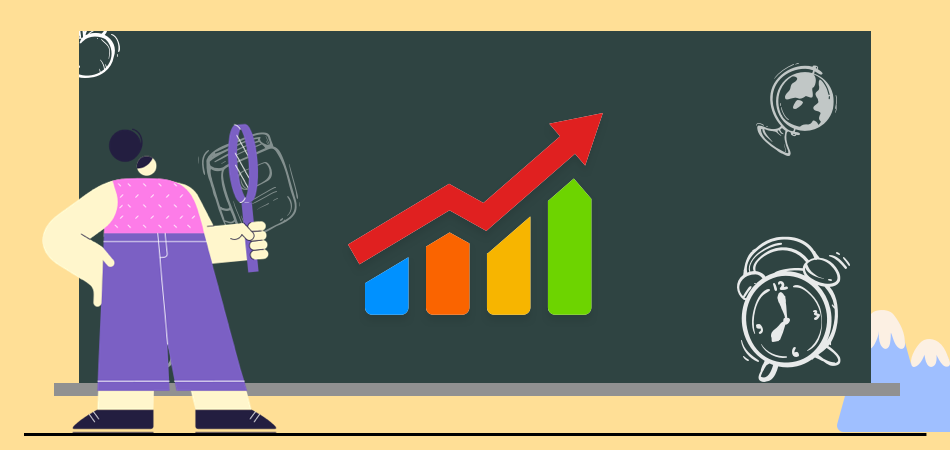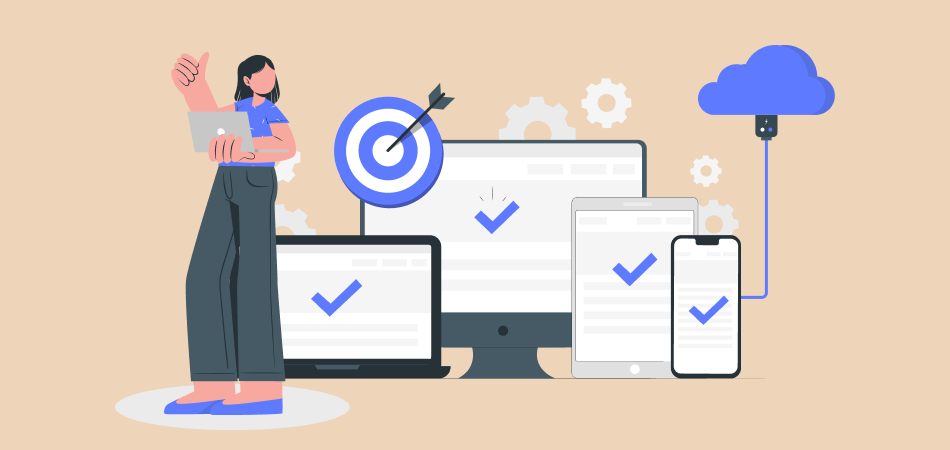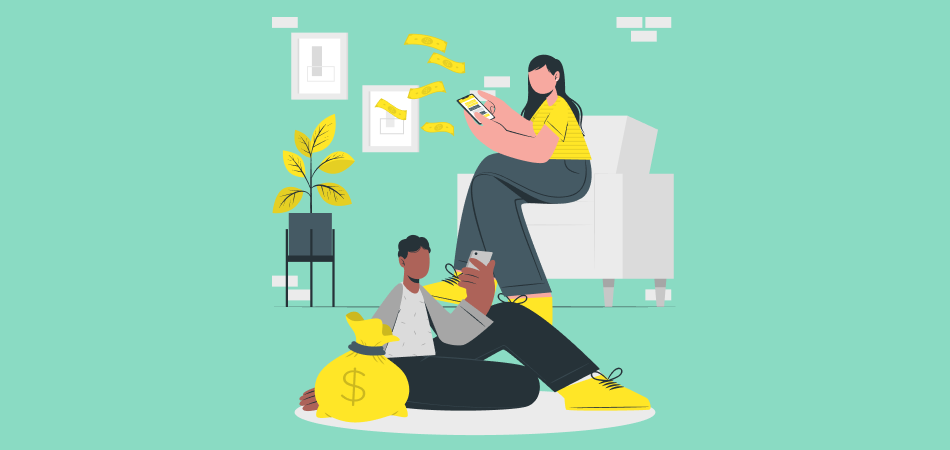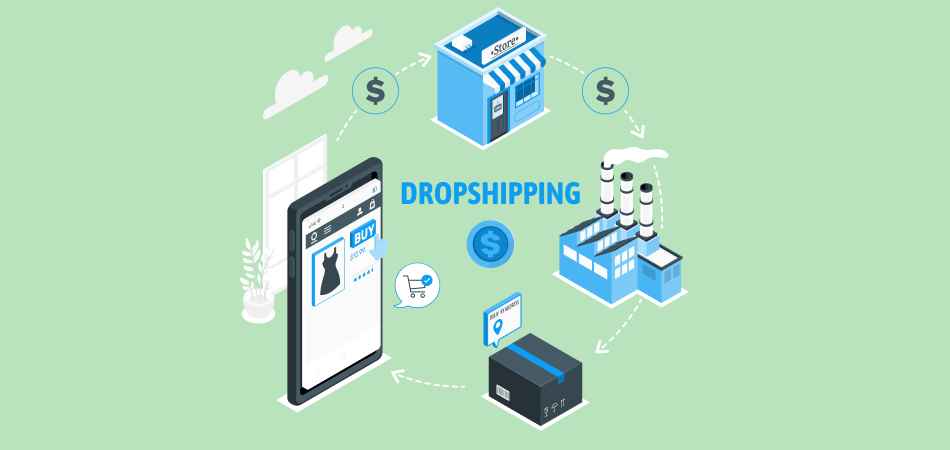Customer Lifetime Value: How to Calculate & Increase It?

One of the crucial eCommerce metrics is customer lifetime value. It paints a picture of the company's financial and long-term sustainability.
Do you know how to calculate customer lifetime value and how to strategize to increase it? Let’s check out this guide!
What Is Customer Lifetime Value
Customer Lifetime Value (CLV) is the total predictable income a customer may bring in for your company throughout their lifetime as a paying client. A customer's lifetime, for instance, would last for one year if they subscribed to one of your products on a one-year plan. Your projected annual income will be their lifetime worth.
Therefore, your CLV will increase as clients remain with you longer and make more purchases. Suppose you can identify the profiles of the customers that generate the greatest CLV. In that case, you may utilize those profiles to recruit new clients similar to your high-value current clients.
Why Is Customer Lifetime Value Important
Here are several justifications for why it's critical to comprehend your CLV:
1. It can increase revenue over time:
A company generates more money the longer a customer's lifespan is or, the more value they add to it. As a result, monitoring and enhancing CLV increases income.
| Get Started Now to Grow Your Online Business with the Best AliExpress Dropshipping Tool - DSers! |
CLV pinpoints the precise clients that bring in the most money for your company. This enables you to provide these current consumers with the products and services they enjoy, making them happier and encouraging them to spend even more money with your business.
2. It can aid in problem-solving to increase client retention and loyalty:
If your company makes reviewing CLV a priority, it will be easier to see any concerning tendencies and create a plan of action to solve them. For instance, you may try to improve your customer service strategy or loyalty program if you see that the CLV is regularly low. This will help you better serve your consumers.
3. It enables you to focus on your potential clients:
Knowing a customer's lifetime value allows you to estimate how much they will spend with you over time, whether it be $10, $100, or $1,000. With such information, you can create a customer acquisition plan focusing on clients who will spend the most money with your company.
4. Increasing CLV can lower the price of acquiring a new client:
It might be expensive to bring in new clients. Typically, acquisition costs are higher than retention costs. Additionally, a higher retention rate might result in higher profits. Thus, your firm has to recognize and value the most valued consumers that connect with it. Increased client lifetime values, larger profit margins, and lower customer acquisition costs are all benefits.
How to Calculate Customer Lifetime Value
You have a few formulae at your disposal to compute CLV. Your decision will rely on the available resources. But choose one and stay with it. We'll give you the easiest, most conventional option first. You must take the following into account while measuring CLV:
- Clients' lifetime
- Rate of retention
- Client turnover rate
- Average profit margins (per customer)
Traditional Customer Lifetime Value
Sometimes a more conventional yet detailed CLV formula may be more effective. When your yearly sales aren't flat, that is the situation. The discount rate, average gross margin per client lifetime, and retention rate should also be considered.
Your finished formula will appear as follows:
This equation examines potential variations in client revenue over time. Then, a discount rate is applied each year to account for inflation.
Historical Customer Lifetime Value
Historical CLV represents the total gross profit from a customer's previous purchases. To determine it, you must tally up all gross profit amounts to the Nth transaction a client completed. Calculate CLV based on the net profit to determine the genuine profit that a particular client creates. This includes service expenses, return charges, marketing, acquisition, etc.
Remember that while computing historical CLV, all current and past customers are combined. They can differ in behavior and preferences, so that could be challenging. Customer variations may impact CLV.
Predictive Customer Lifetime Value
Predictive CLV aims to model your customers' transactional behavior to anticipate future behavior. It's a far better CLV indicator than historical CLV.
The predictive model employs algorithms to accurately anticipate a customer's entire value while generating a CLV. It operates on a history of prior transactions and client behavior.
Once more, you have a variety of CLV formulae to select from. To be clear, we'll concentrate on a straightforward example.
Here is the equation:
This method is predictive, so remember that it won't always be exact. To increase accuracy, you should modify CLV calculations to reflect your particular business sector. You have a tool for creating a solid marketing strategy when your CLV is precise.
Increase Customer Lifetime Value with 14 Strategies
Companies may increase their CLV via a variety of strategies. If you want to increase your revenue from the ordinary consumer, take into account these 14 strategies:
Create Customer Loyalty or Rewards Programs
Customer loyalty programs encourage repeat purchases and keep customers interested. Popular examples are restaurant punch/membership cards and frequent flyer programs for airlines. Encouragement of repeat business can improve the frequency of purchases and the length of time a client makes purchases from a particular brand.
Optimize Customer Experience
The customer experience includes everything from your website to your physical shop, contact center, and other touchpoints. Customers are more likely to return for repeat business if they always have a pleasant, low-stress purchasing experience.
Make Purchasing Experiences Convenient
Online retailers use the cart abandonment rate to determine how many customers begin shopping but depart before finishing the checkout process. This also applies to in-person shopping, where offering too many alternatives and using too much packaging might put off shoppers. You'll be able to make every transaction feasible by creating an easy purchasing experience. A/B testing is one method forward-thinking companies use to determine the most effective solutions.
Make Returns Easy
Making returns and exchanges challenging for customers dissatisfied with your products or services might lose you a client for life. It's more probable that a consumer will use your products or services again if the returns process is simple.
Create Targeted Content
Content marketing is a tactic used to inform or amuse your target audience. It is often created to increase brand trust and loyalty. Popular kinds of tailored content that may communicate to specific audience groups include blog posts, podcasts, e-books, videos, and other media.
Keep Customer Engagement
Businesses that carefully track all client interactions can find methods to enhance customer loyalty and the customer experience. This should apply to all channels, including sales, customer service, and advertising.
Improve Customer Onboarding
Some clients purchase a product or service from a company, but are unsure what to do next. Over time, successful companies plot a course for their customer connections. Growth in many companies depends on converting a one-time consumer into a source of recurring income.
Improve Customer Service
Poor customer service may cause clients to swiftly switch to rivals, which will cause your CLV to drop. Customer loyalty will be further increased by putting all of your efforts into making every customer service encounter successful. These interactions are centralized for easier administration using CRM and customer service platforms.
Pay Attention to Customer Feedback Loop
If a client does have a negative experience, it should be addressed right away. Businesses should constantly seek client input to improve the customer experience in addition to relying on customer care to resolve issues. Resolving issues with a product or service regularly can raise customer satisfaction.
Manage Customer Relationship
Businesses must comprehend their interactions and past customer communications in sales, customer service, and marketing. By establishing a smooth information flow across the entire customer lifecycle — from lead to opportunity, sales order, fulfillment, renewal, upsell, and support — ERP and CRM systems assist in tracking and improving these connections over time.
Invest in Technology & Software
With technology, processes may be automated, and a large portion of your business data can be tracked and centralized. Some businesses rely on simple tools like email, contact databases, and spreadsheets to manage this information, but it's far simpler to utilize pre-tested, pre-packaged software packages. Your clients will see the distinction.
Upsell and Cross-Sell
Reengaging or upselling an existing client is sometimes simpler than recruiting a new one. To persuade clients to purchase more expensive products or services at once instead of a cheaper alternative, upselling and cross-selling are methods.
Increase Pricing
A price increase can immediately raise CLV if appropriately executed. Just be careful not to terrify clients with sharp price rises. When selecting your own, take competition price into account as well. You may raise prices without alienating current consumers by emphasizing value and offering clients something they can't find anywhere else.
Utilize Social Media
Reaching out to consumers where they already congregate is one of the most acceptable ways to get their attention. Social media sites like Facebook, TikTok, Instagram, and Twitter are effective venues for advertising and customer engagement.
Read more: How to Turn Your Social Media Followers Into Customers
Final Words
Successful subscription businesses regularly track their customer lifetime value and work hard to increase it. Businesses may improve their marketing and customer management strategies by using CLV to boost revenue and client retention.
There are several methods and tactics for calculating and raising CLV. Depending on the sort of business you have, you may choose the best strategy. Learn more helpful business terms and techniques on DSers Blog.













 Company
Company
 Why Choose DSers
Why Choose DSers
 Blog
Blog
 Help Center
Help Center



